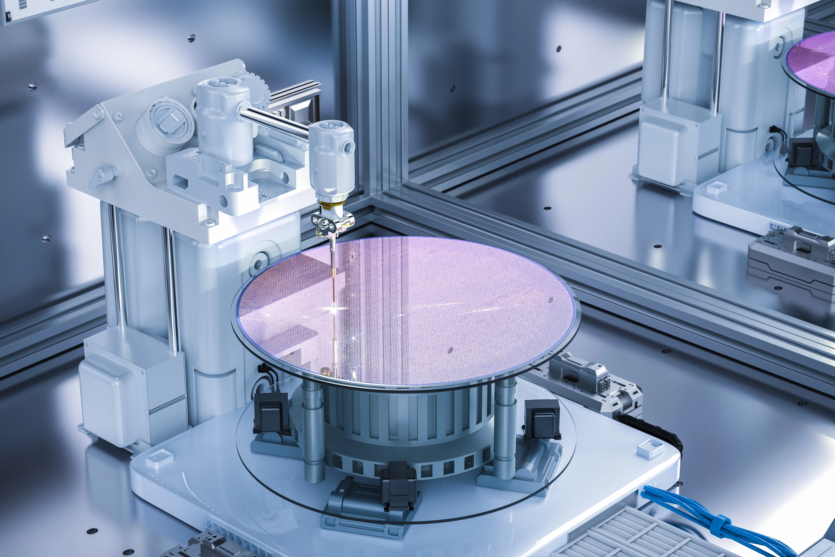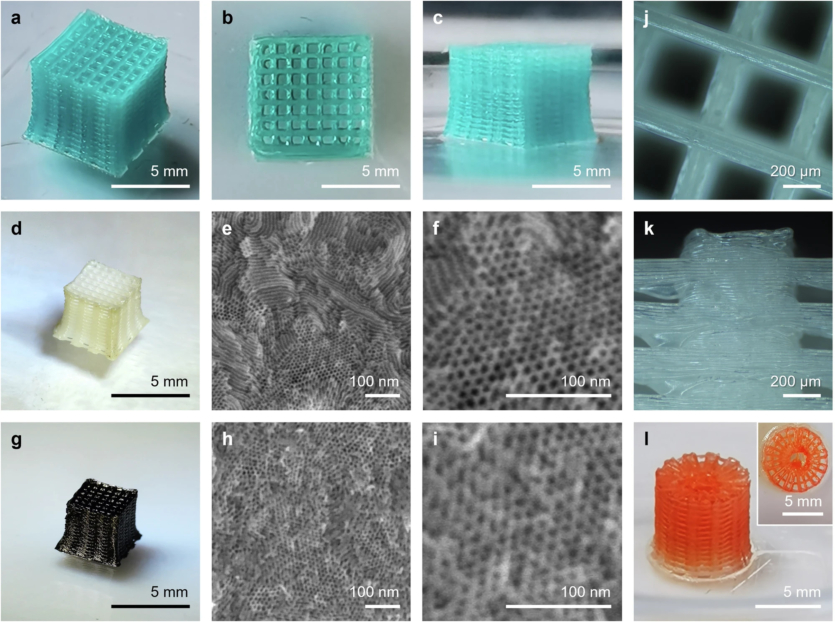
American researchers from Cornell University have developed a new 3D printing process, that can improve the characteristics of superconductors.
It is noted, that the developed 3D printing process opens up new possibilities for the production of superconductors. According to the developers, this technology will be promising in areas that require a large amount of resources, such as quantum computing.
The team printed ink made of a copolymer and inorganic particles on the surface on a 3D printer. This ink was then heated, turning it into what, the developers called a “porous crystalline superconductor.”
On the smallest scale, the heating caused the atoms to rearrange themselves into a crystal lattice. Even before the heating began, the structure was reinforced with larger particles printed on a 3D printer, using the same ink. The result was a crystal structure with a record surface area for a superconducting compound.

The research team was led by professor Ulrich Wiesner from the Department of Materials Science and Engineering. The achievement is the result of almost 10 years of hard work. Obtaining a material with a record surface area for a superconductor junction can change the approach to the development of other equipment, including quantum equipment.
The process is still at an early stage of development and is currently limited to crystalline nitride. However, the team envisions, that it could be used for metal compounds such as titanium nitride, which would provide a similar surface area but with different material properties.
Recently we wrote, that japanese researchers from Nagoya University have overcome technological difficulties with the use of gallium oxide in semiconductors.
Meanwhile, American researchers from the Massachusetts Institute of Technology found in graphite is a unique superconductor that simultaneously acts as a magnet.
At the same time, British researchers received evidence the existence of a third class of magnetism — altermagnetism. The discovery will make it possible to create high-speed magnetic drives and facilitate the development of superconductors.
The results of the study are published in the journal Nature
Source: Tom’sHardware

Spelling error report
The following text will be sent to our editors: